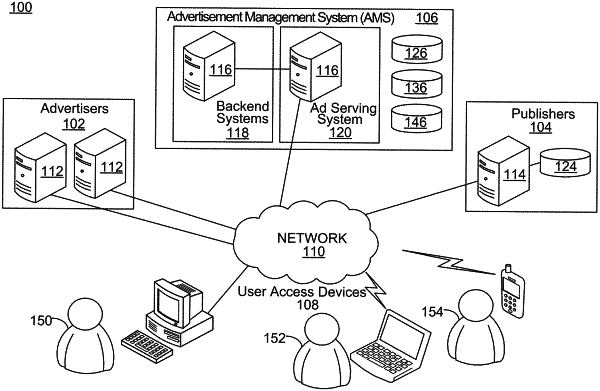| CPC G06Q 30/0277 (2013.01) [G06Q 30/0242 (2013.01); G06Q 50/01 (2013.01)] | 18 Claims |

|
1. A system, comprising:
memory and one or more processors to:
receive offline interaction data comprising a first identifier and an indication of an interaction between a merchant computing device located at a physical location of a merchant and a first computing device associated with an online user;
receive a first audio-based input detected by a microphone of the first computing device and a second identifier corresponding to the online user providing the first audio-based input;
receive a second audio-based input detected by a microphone of a second computing device:
identify, responsive to receipt of the first audio-based input, a first request in the first audio-based input;
identify a second request in the second audio-based input;
compare the second identifier with the first identifier to determine that the first audio-based input and the interaction are associated with the online user;
identify, responsive to the determination that the first audio-based input and the interaction are associated with the online user, a first content item based on the first request and the offline interaction data;
select a second content item based on the second request;
generate an annotation based on received online interaction data; and
transmit, responsive to the first audio-based input, the first content item to the first computing device and the second content item with the annotation to the second computing device.
|